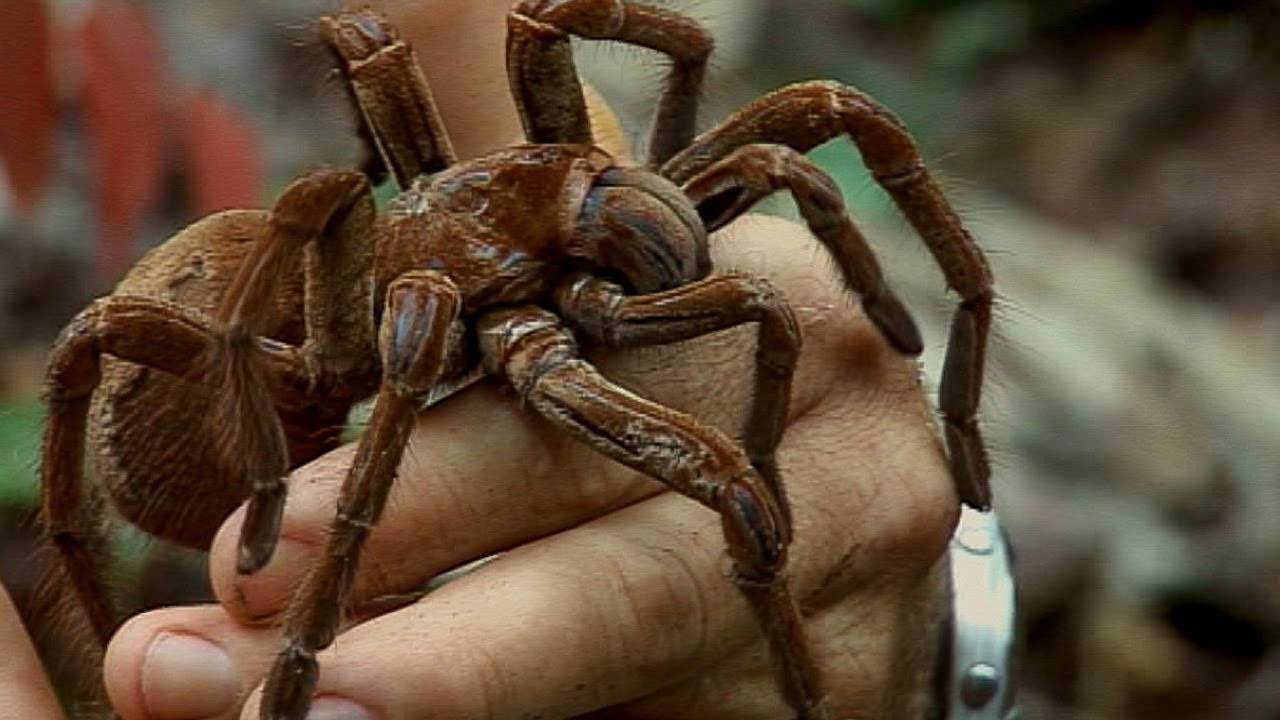A Glimpse into the World of Tarantulas
Tarantulas have long fascinated and frightened people in equal measure. With their hairy bodies and intimidating size, these arachnids often evoke feelings of both awe and terror. But beyond their fearsome appearance lies an intricate world that is as captivating as it is misunderstood. Recent studies reveal that the popularity of tarantulas as exotic pets is on the rise, informing potential owners about the unique care they require, while also debunking common myths surrounding these creatures.
The Growing Trend of Tarantula Ownership
Pet shops and online breeders have noted a sharp increase in the sale of tarantulas over the last three years. According to a 2023 survey conducted by Exotic Pet Journal, 57% of tarantula owners reported becoming interested in the hobby due to social media platforms, where videos showcasing the handling and care of these creatures garnered millions of views. The fascination with tarantulas on platforms like TikTok and Instagram allows enthusiasts to share their experiences and educate potential owners.
Understanding Tarantula Behavior
While many view tarantulas as simple pests, their social and predatory behaviors are more complex than commonly assumed. Dr. Emily Johnson, an arachnologist at the Canadian Institute of Arachnology, explains: “Tarantulas are solitary creatures, and while they’re not inherently aggressive, they can become defensive if they feel threatened. Proper handling techniques and a peaceful environment often lead to incredibly rewarding interactions between tarantulas and their owners.” This acknowledgement of their nature might help mitigate fears surrounding these arachnids and promote better care practices among pet owners.
Ecological Role and Misunderstandings
Despite their reputation, tarantulas play a crucial role in their ecosystems. They help control pest populations by preying on insects and the larvae of other creatures. However, misconceptions frequently paint them as villains in folklore, leading to panic among people encountering them in the wild. Wildlife activist Sarah Thompson states, “Tarantulas are often seen as dangerous, but most species are harmless to humans. They value biodiversity and contribute significantly to pest control, making them essential for our ecosystem.” This assertion encourages public understanding, which is essential for preserving biodiversity.
Public Sentiment and the Push for Awareness
Public reaction to tarantulas has experienced a notable shift in recent years. Social media sentiment has amplified the dialogue around these often-misunderstood creatures, leading to an increase in educational campaigns aimed at raising awareness. A recent Facebook poll showed that 72% of participants admitted terror at the mere thought of encountering a tarantula, yet 65% agreed they would support campaigns that educate the public about them.
Looking Ahead: Future of Tarantulas
As the trend of keeping tarantulas as pets continues to rise, it is vital to promote responsible ownership. This involves understanding their needs, respecting their space in the natural world, and sharing factual information. With the right steps, the journey to embrace these creatures as part of our shared environment becomes not only possible but also rewarding. As awareness increases, so too does the potential to shift public perception, shaping a future where tarantulas are appreciated for their ecological importance rather than feared for their appearance.
